
New Jersey minutemen mustered under township committees of safety, forming the earliest rebel defense against Royal authority. Drawn from local farms and parishes, these men pledged to be ready at a minute’s notice — the first spark of New Jersey’s organized resistance.
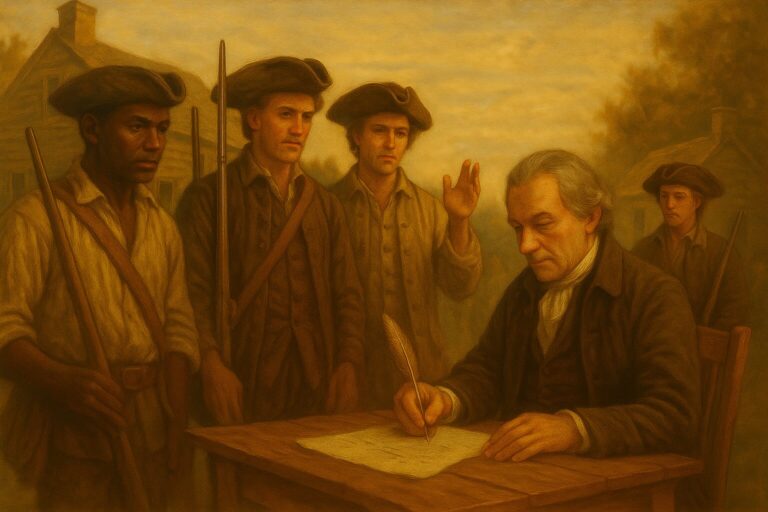
On September 28, 1775, New Jersey Minutemen were officially mustered under orders from the Provincial Congress, marking a decisive move toward armed rebellion. That same day, Charles Stewart, later Commissary General of Issues, signed a letter certifying the formation of these rapid-response patriot forces — a signal that the colonies were preparing for full-scale war.
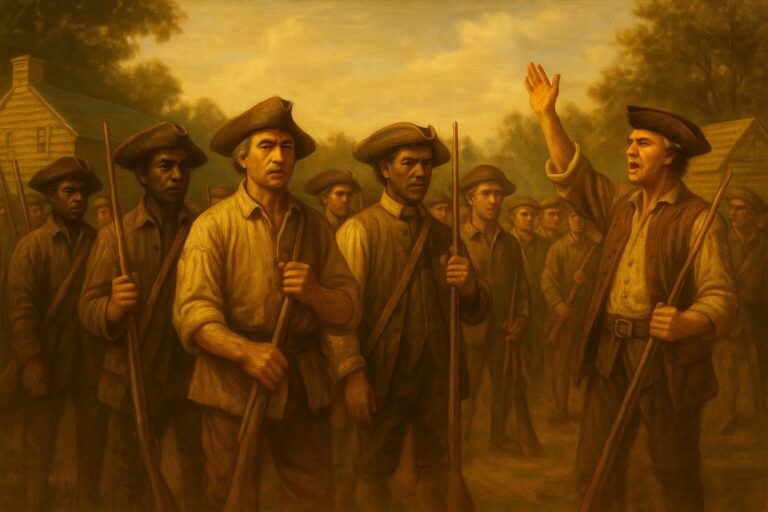
The New Jersey Provincial Congress authorized the formation of the 2nd Hunterdon County Regiment, calling up local militia to defend against British incursions. Led by officers like Abraham Bonnell and Joseph Beavers, these men would become a vital part of New Jersey’s revolutionary backbone — from Blazing Star Ferry to the Battle of Springfield.
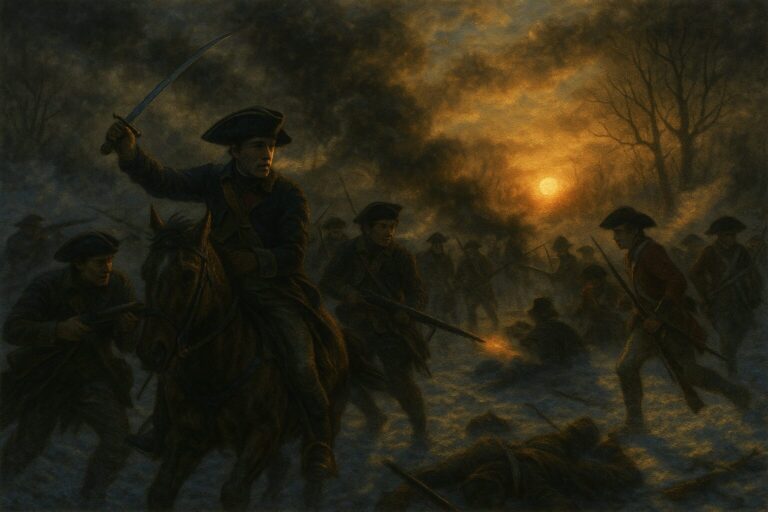
First skirmish in state in which New Jersey troops force British to turn and retire
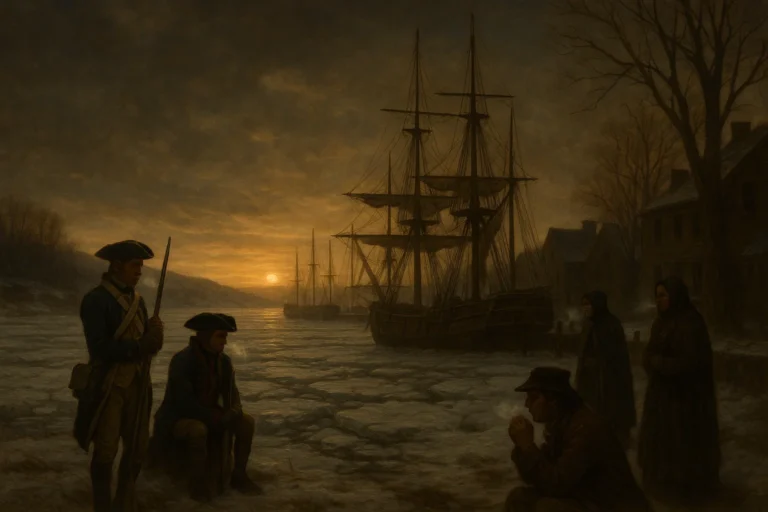
As bitter winds swept through the Highlands, ice crept slowly across the Hudson, choking its currents and signaling the approach of another brutal winter. The river, once a lifeline, now turned into a barrier—both shield and snare in the war for liberty.
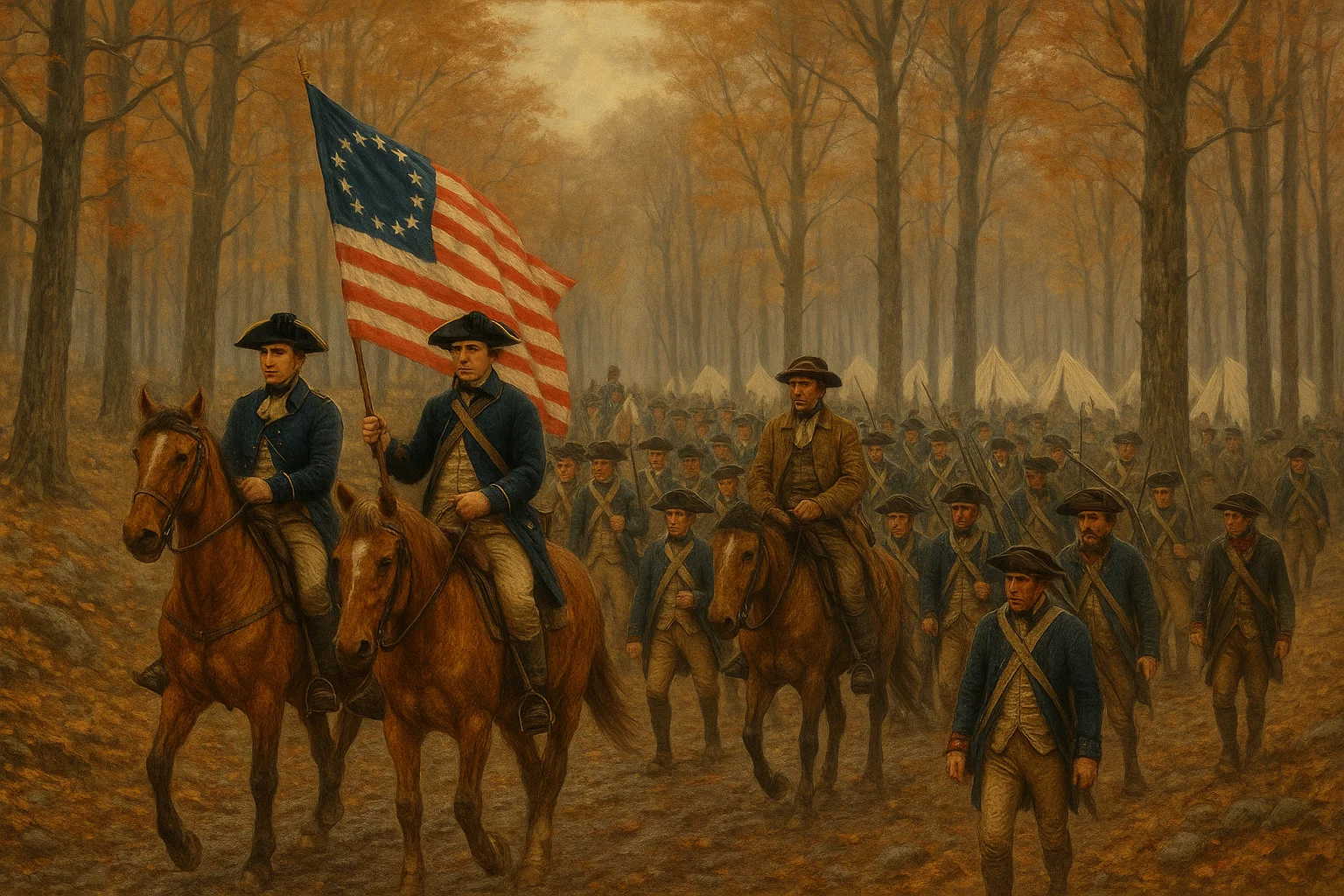
Weary from months of marching, the brigades descended into Jockey Hollow, where frozen earth and forest silence awaited—here, they would endure a winter of sacrifice and survival.
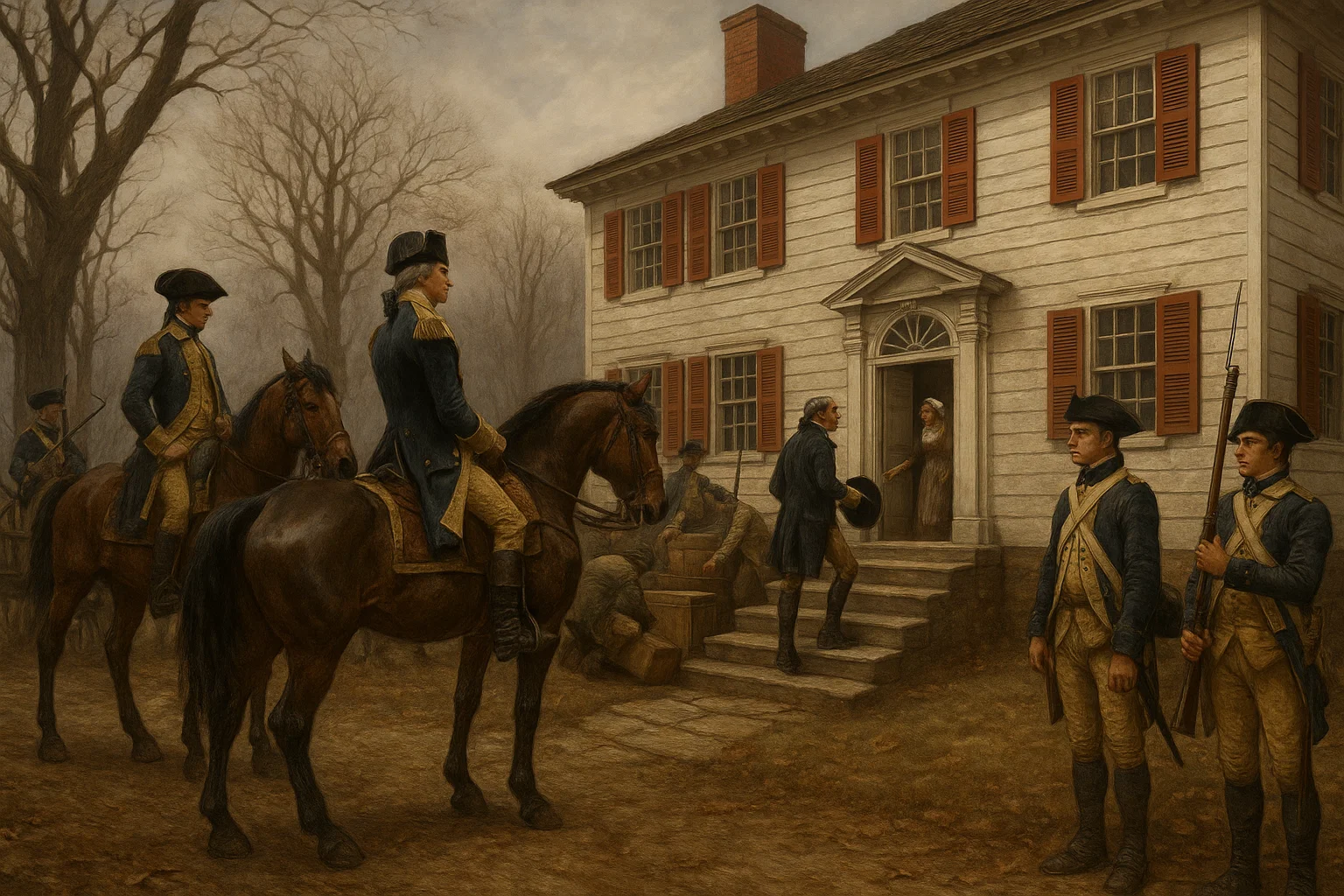
General George Washington took up winter quarters at the Ford Mansion, a stately home offered by Theodosia Ford. From its candlelit rooms, he would direct a fragile army through one of the harshest winters of the war—colder than Valley Forge, and just as perilous. Here, strategy met endurance, and decisions were made that would shape the fate of the rebellion.
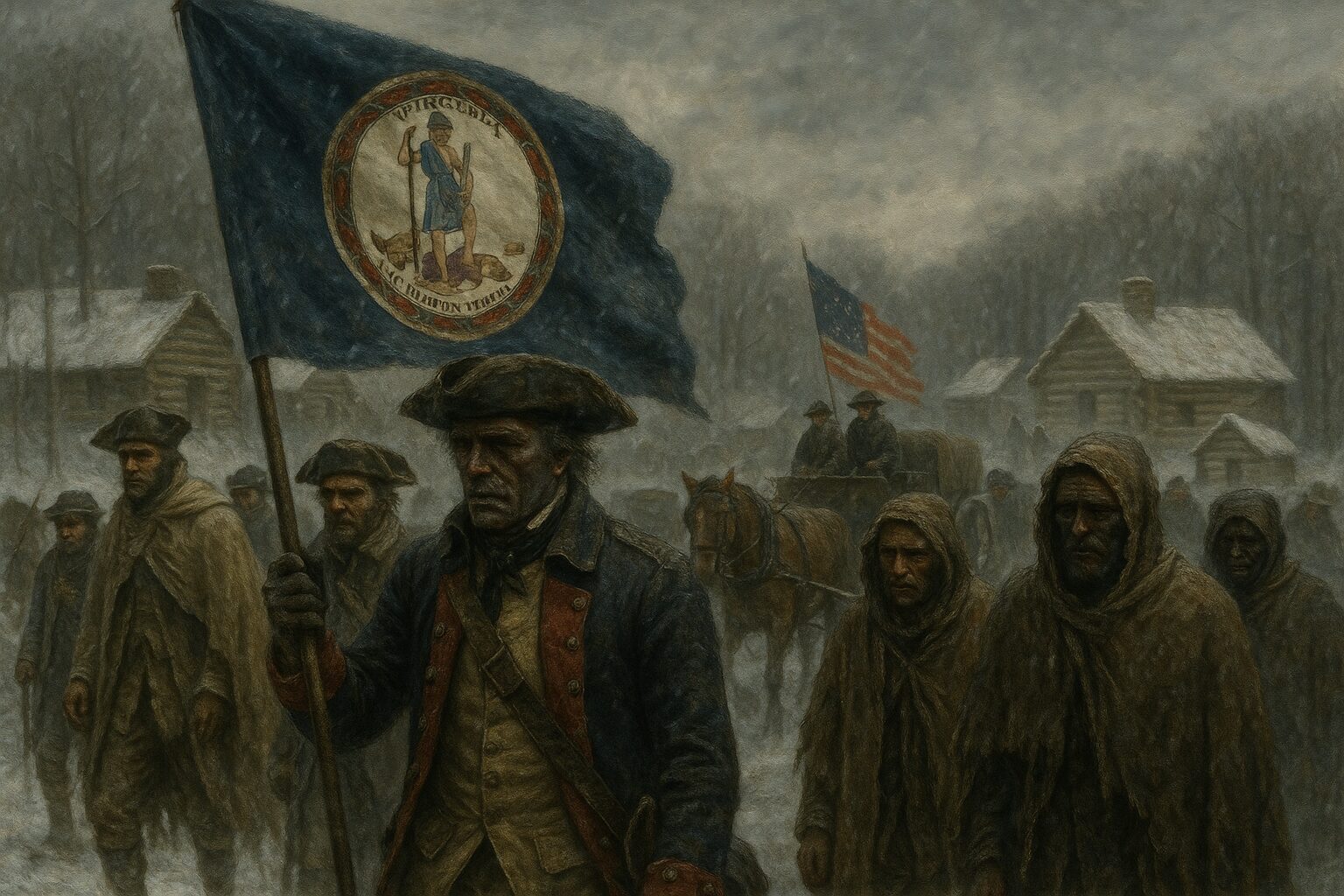
Through snow and sleet, Woodford’s men trudged north from Virginia, their ranks thinned by hunger and hardship. At Jockey Hollow, they joined the encampment—gaunt, frostbitten, but unbroken—ready to hold the line through the merciless winter to come.
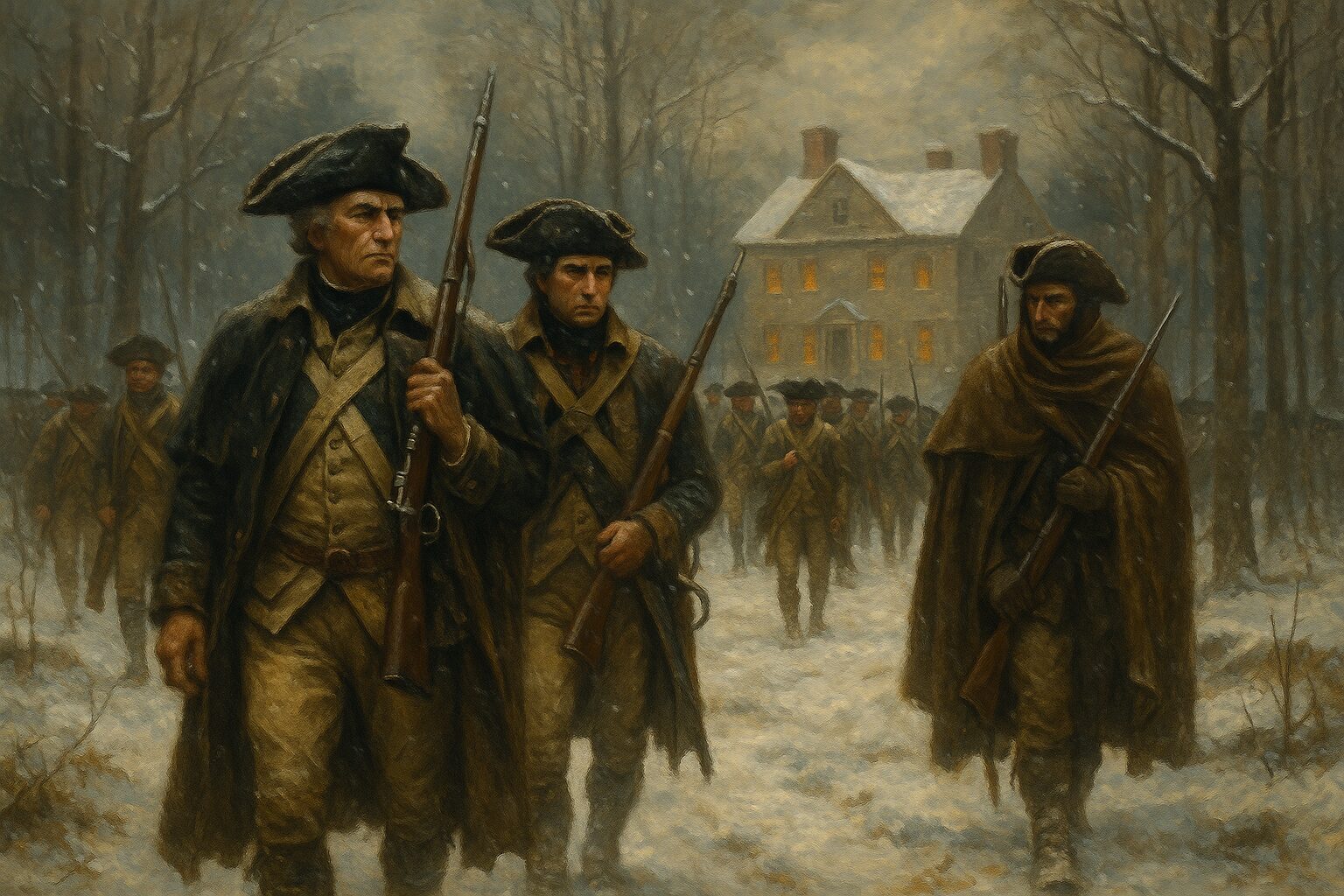
Led by the hero of Bennington, General John Stark’s brigade marched into the frozen encampment with grit forged in northern campaigns. Hardened by war and winter alike, they brought fierce New England resolve to the hills of Morristown.





He is branded on the hand and escapes further punishment
The prescient councilman advised Washington that the solid ice could make possible a “bold” attempt to surprise him and allow a party of cavalry to reach Morristown undetected
His original aim is to lure Washington out from Morristown and capture him. Instead, Knyphausen orders him to conduct raids in Woodbridge area.

This is also a nod to the independence movement in the Parliament of Ireland



Ten received reprieves from Washington and one was hung
He also has verbal instructions from Gen. Henry Clinton to inform Gen. Wilhelm von Knyphausen of his plans for further offensive operations in NJ once he returned, date uncertain.
Maj Gen William Tryon's intended vanguard division embarks abt. 11:00 am. Brig Gen Thomas Stirling's division follows at abt. 3:00 pm. Contrary winds hamper boat movement, and Stirling debarked at DeHart's point near Elizabethtown. Tryon's division could not follow, and had to unload at Decker's Ferry on Staten Island; then marched to Garrett Post House opposite Elizabethtown Point. Due to low tide, flatboats Stirling dispatched to Staten Island were unable to rendezvous with the troops waiting onshore. British engineers constructed small bridges to traverse the channels, taking a few houses. Maj Gen Edward Mathew's division, already prepared, boarded the boats first as the sun was coming up. Tyron's division, less organized, followed in Mathew's train. Knyphausen took up the rear with the remainder of Tryon's troops.
Dayton formed the built of his two regiments on Jelf's Hill behind a stone bridge in Elizabethtown. Dayton also sent word to alert Maxwell at West Farms. Ogden's detachment opens fire on the British column, and Stirling and is shot in the right thigh. The wound proves fatal. Ogden and his men fled back to Jelf'sHill, Dayton receiving them. Dayton had his son write to Washington, "the enemy landed this night at 12 o'clock, front the best intelligence four or five thousand men & Twelve field pieces, & it is his conjecture the intend to penetrate into the country."
Wurmb halts for reorganization and further instructions.
Further intelligence indicated the enemy was to move from Elizabethtown to Springfield….Washington orders Gen Alexander "to give the alarm as extensively as you can in your quarter and to remain to form them as they collect and march them towards the enemy."
Maxwell dispatches Maj. Aaron Ogden to make contact with Dayton at Jelf's Hill, who pulls back to Connecticut Farms due to Maxwell's superior force.
Livingston was a marked man and lived there infrequently. He allowed his daughters to live there under accepted rules of war. Wurmb arrives there at 6:00 am. Romantic tales may or may not have transpired, however Wurmb places a guard at the house ensuring the safety of the house and its inhabitants.
Washington’s aide-de-camp, Lt Col Alexander Hamilton, writes to Maj Gen Baron Friedrich von Steuben asking him to meet the main army at Chatham.
The obvious move was to place his main force in Chatham to Hobart Gap, allowing the Continental army to make a stand, or advance on Springfield with a secure line of supply and retreat. If matters had reached the pass, an extended battle would take place
The village was empty upon Knyphusen's arrival
Maxwell retained the remainder of his force some distance further back, "protecting the roads leading to the right and left" around Connecticut Farms. Purpose was a delaying action

The remainder of Knyphausen's 3rd division arrived at Connecticut Farms at 8:00 am. "The rebels generally retired from house to house , and from wood to wood, and resisted their foe in every way." Knyphausen later reported.
Knyphausen, with his exhausted troops, may have given up if his behavior is an indication. British troops break into homes, causing damage, and carry out some looting.
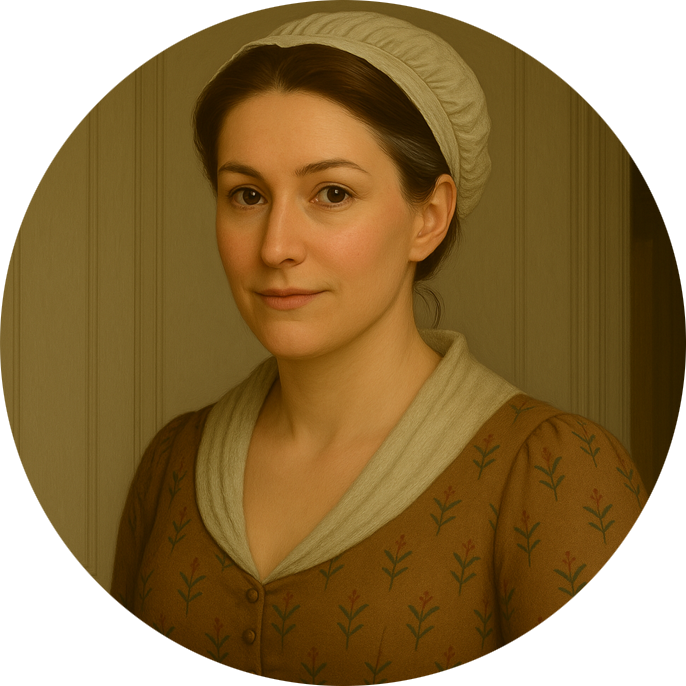
He keeps pressure on Knyphausen with skirmishing parties.
Erskine's troops prevail, reporting 18 killed and wounded, while claiming 250 Continentals killed on the spot.
Knyphausen deploys his forces into two lines, then waited for about 2 hours justifying the need to wait for supplies. Maxwell orders an immediate attack at 11:00 am, pushing the enemy advance guard back. Smith offers a more complex description of these events that suggests a more hurried and certain degree of confusion on the Americans part.
Smith continues forward until David Meeker's house comes into view.
Knyphausen's troops force them back.
Knyphausen constructs a temporary defensive breastwork along Galloping Hill Road west of Connecticut Farms. Troops begin plundering.
Washington deploys Pennsylvania division on the right under Maj. Gen. Nathanael Greene, and Connecticut division under Maj. Gen. Lafayette to the left. Maj. Gen. Steuben commanded Brig. Gen. John Stark's and Brig. Gen. Edward Hand's brigades in support, detaching two regiments to guard the road north to Newark Mountain.
Only two buildings remain. Set fire to the Presbyterian meetinghouse and the courthouse.
Retreat was difficult with thunder and rain
A scout and two dragoons sets out to reconnoiter. They quickly return with the news of the withdrawal. Washington is cautious and issues orders from the heights above Springfield, for his three division commanders to follow up on the enemy.
Continentals received reinforcements and pursued the Crown forces who burned most of the homes in Connecticut Farms as they retreated to DeHart's point near Elizabethtown on June 9. Knyphausen evacuates to Staten Island.
Loyalists opened fire, with the militia retiring. Skirmishing continues into the afternoon
Washington directs Alexander to pull back his force well behind Elizabethtown, which he does.
They marched in two columns, one on the main road (currently the turnpike), the other on the Vauxhall Rd
Greene orders Stark's brigade to stand to arms
It was pointless to fight for the ruins of Connecticut Farms , as it was to fight for Springfield as it held no intrinsic military value. Springfield was close to the Hobart Gap, 3 miles away. Fighting in Springfield might prevent Knyphausen from breaking through to the west
Shreve's 2nd NJ Regiment would wait for some of Lt Col Procter's artillery to hold the door open for Dayton and Angell to pull back from the village and across a second bridge another branch of the Rahway. These were all delaying actions to hold on to the Hobart Gap
Loyalist guards quickly broke the American position there
Pulling back the Loyalists, Mathew turned his division north and set course for the Vauxhall Road and Little's bridge
Lt. Shaw sent to clear out some American riflemen, then Simcoe crosses the river. Lee's troops fought back, Knyphausen hears the road of guns to his right at about 11:00 am. Lee's troops are outflanked, and retreat. The Loyalists skirmished for a short time, then pull back to rejoin Mathew and his column behind them. Greene, understandably overreacting to Simcoe's thrust, moves his forces back to cover the Hobart Gap
Pressure grows from the militia in the north
Continentals opened fire when the British infantry came into range. Thompson's fieldpiece soon silenced by British artillery

Troops remain there until Angell's regiment begins losing its hold on its position on the first bridge. Greene orders the artillery to deploy on the high ground near the Presbyterian Church
The Germans approach close and fire on Smith's troops
They wheel to the left by platoons and march back along the road to Short Hills. The enemy infantry did not pursue, but did shell the Americans and inflict a few casualties. For all intents and purpose, here the combat ends
He took the precautionary measure of dispatching two regiments and a cannon to reinforce Lee, afterward pulling back Stark's brigade and the now reunited NJ Brigade into the hills closer to the Hobart Gap
Two more signal cannon fired from camp ordered the troops to prepare to move. Later that morning, he threw his force into motion toward Springfield, and Gen Wayne in the vanguard. Wayne's brigade arrived in support of Greene just behind the Hobart Gap at 8:00 pm
Only Lee's cavalry managed to exchange some shots with Knyphausen's rear guard and capture the occasional straggler and abandoned supplies
By sunrise the next day, the pontoon bridge is dismantled and the withdrawal is complete

During the 1776 skirmish, Samuel Beach, the teacher of the little school at Lyons Farms (now part of Newark), on hearing that British soldiers were marching on Springfield, dismissed his school and shouldering his gun went into the fight.
